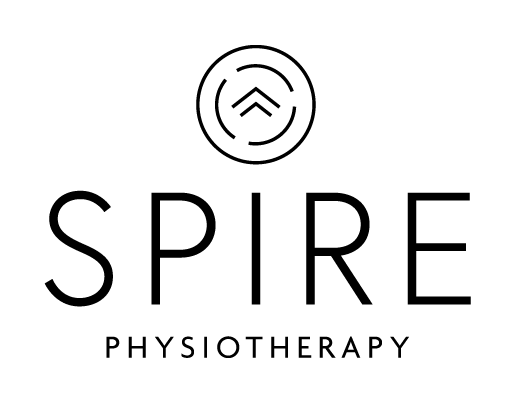POSTURE - DOES IT MATTER?
How often have you heard “don’t slouch!” or “stand up tall!” ? Have you been told you need to work on your “poor posture”? It’s one of the topics of conversation that comes up time and time again in the clinic. So let’s talk about it! Posture - does it really matter?
High Load Activities
Well, sometimes posture matters. When we talk about tissue injury, there are high-impact or high-stress activities that can cause tissue damage to the bones, muscles, ligaments and tendons in our bodies if they are stressed to the point that causes them to fail. Proper mechanics when loading these tissues can positively influence tissue strength, healing and even injury prevention, but only in regard to high load activities.
Habits
Posture also matters when we talk about habits. If you always sit in the same position and you have discomfort after sitting in this position for some time, but you persistently sit in this position anyways, you begin to associate the position you sit in with pain. This is where biomechanics is important, because the position you are always sitting in has become a habit. You have continued to reinforce the association of this specific posture with pain. It’s not that this posture is bad or improper, it’s that it’s become a habit for you. So, discussing alternative posture or movement options is important, to break this habit and allow the discomfort or pain you’ve been experiencing to resolve. However, once this same position is no longer a habitual posture for you to be sitting in and you no longer experience pain with this posture, it no longer becomes important. This is because you no longer have an association with pain and this one specific posture.
Expectations
The idea that our expectations influence our pain can also affect how we think about posture (and even tissue healing!). We can’t always trust what we feel. If you’ve been told that sitting in a slouched position all day is going to cause pain, then you will become more sensitive to that. However, this does not mean that the slouched position is what’s causing you pain. The way we frame the concept of movement affects our expectations, and subsequently the way we experience movement. If we talk about movement and activity in a positive light, the way we are affected by the idea of movement will change, too.
When there’s no such thing as “perfect posture”
All this to say that we can advise you on “perfect” ergonomic posture – but if you sit like that for 8 hours a day, 5 days a week – you may still be sore. Instead of worrying about posture, focus on improving your movement - you should be able to extend your back to reach overhead - this is something physiotherapy can help you achieve. Also consider varying your posture – subtle changes in posture throughout the day is a better strategy than sitting in one perfect posture all day. Varying your posture can prevent musculoskeletal aches and pains, improve circulation, minimize progressive strain on muscles, tendons and ligaments, minimize fatigue, keep you more alert, and lead to increased energy and productivity.
This is why your BEST posture is your NEXT posture!
What might this look like for you? Here’s some ideas:
Go for a walk at lunch or take your lunch outside!
Throw on your air pods and take your meeting while walking around the office.
Complete a daily step challenge OR exercise for 60 seconds every hour OR stand for 15 minutes every hour (a great option if you have a sit-stand desk).
Things to remember:
Ensure good alignment with high load activities or when high forces are involved.
There is no such thing as bad posture. If you have an injury, or are in pain, sometimes certain movements will be off limits for a while. But once these are resolved, you should be able to be in any posture.
What you think, matters! The way we think about pain and posture influences how we experience it.
The human body is incredibly amazing and adaptable!
References
https://www.hopkinsmedicine.org/health/conditions-and-diseases/softtissue-injuries
https://www.injuryjournal.com/article/S0020-1383(16)30446-6/abstract
https://link.springer.com/article/10.1007/s00421-019-04159-w




